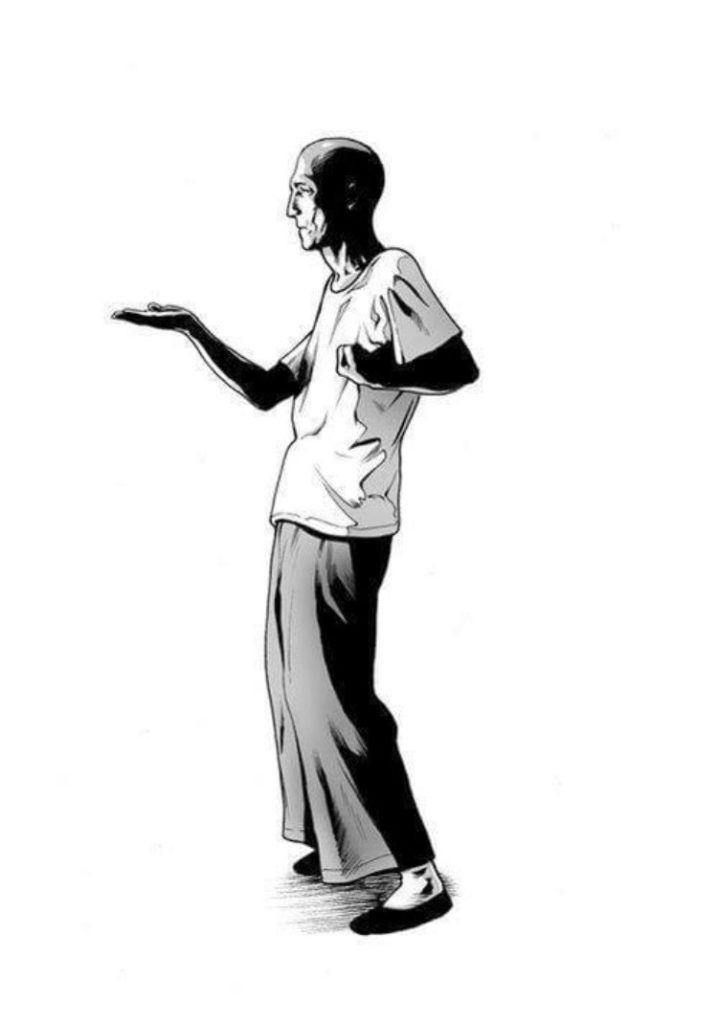Which martial art is the most practical? Wing Chun is known as one of the most practical martial arts you can learn. Wing Chun is designed for quick destructive techniques for a fight/flight situation. Eye strikes, knee kicks and strikes to vulnerable parts of the body are used in Wing Chun. The aim is to disable an attacker as quickly and efficiently as possible in the shortest possible time.
Wing Chun is known as the only martial art developed by a woman, to overcome a bigger and stronger attacker. It uses straight line strikes to the body and legs.

A kick to the knee, or an eye strike, for example, can be devastating. It would only be used in a serious situation and as a last resort.
The main focus when learning Wing Chun is it’s sticky hands practice. This gives you the ability to read body and hand movements and respond instantaneously through reactive training drills. For example, lap sau drill trains the body to react to a pull by throwing your elbow upwards. This could be either in defence or as an attack.
Wing Chun uses simultaneous attack and defence principles and stop hits as a pre-emptive attack. This is also what Jeet June Do is known for, a Martial Art developed by Bruce Lee who trained in Wing Chun. Jeet Kune Do (JKD) translates to “the way of the intercepting fist” in Cantonese and much of it comes from Wing Chun principles, as in the stop hit, for example.
Which Martial Art Is The Most Practical?
Wing Chun is particularly useful in an enclosed space, such as a public bathroom stall, in a narrow alley way, or on public transport. In such a scenario, high kicks and circular techniques are rendered redundant. The straight line attacks of Wing Chun are very practical in an enclosed space. Wing Chun uses body weight transference and relaxation to deliver the power of your body weight in addition to your momentum.

Wing Chun uses an “attack-immediately” principle which is used to close down an attack. So if an attack is launched, a Wing Chun person would counter attack instantly, therefore shutting down further attacks and continuing until the threat is removed.
There is no ground game in Wing Chun however, although principles would carry over from chi sau practice. In a practical scenario, you wouldn’t choose to go to the ground, although you might find yourself there. If you do, Wing Chun principles would be to strike and disable: striking to the eyes, groin and weak areas of the body. More practical martial arts for the ground are Ju Jitsu (BJJ) or Judo which have pins, locks and holds for groundwork.
Summary
Wing Chun is definitely one of the most practical martial arts you can learn. It is known for “phone box” fighting, meaning it’s useful in a close quarters situation, such as a phone box! The goal of Wing Chun is to disable an attacker (through any means) in the shortest time possible. This is done through kicks to the knee, strikes to the eyes, groin or other weak areas of the body. Rather than long, drawn out counter measures, Wing Chun simply strikes at weak areas. The shin, the knee, the eyes or the face.
The power of Wing Chun is developed through coordination of the body and relaxation. By using the momentum and mass of the body correctly, you can vastly multiply the force you’re able to generate for a strike. Wing Chun is known as the only martial art developed by a woman – for small people to use against bigger, stronger attackers. Ng Mui was a Shaolin martial arts master. According to the legend, she distilled a system down which could be learned quickly and without the need of strength development. She taught the system to Yim wing Chun, whom the system is named after, according to the legend.
For details of classes in Leeds/Bradford see this page, or fill out this form to join a class.


